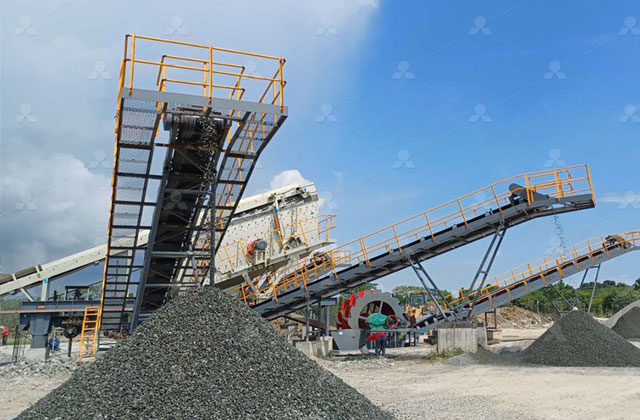Introduction to Aggregate Crushers and Screens
A grading aggregate crusher and screen system is essential in construction and mining industries for processing raw materials into specific sizes of aggregates. Crushers, such as jaw crushers, cone crushers, and impact crushers, break down large rocks into smaller particles, while screens classify these particles by size. The combination of crushing and screening ensures the production of high-quality aggregates suitable for various applications, from road construction to concrete production.
Types of Crushers in Aggregate Grading
Key crushers used include jaw crushers (e.g., CI5X series) for primary crushing, cone crushers (e.g., HPT hydraulic cone crushers) for secondary/tertiary stages, and impact crushers (e.g., PFWEuropean impact crusher) for softer materials like limestone. Each crusher type offers unique advantages; for example, cone crushers provide precise particle shape, while impact crushers excel in producing finer, cubicle aggregates. Selecting the right crusher depends on material hardness, feed size, and required output.

Role of Screening Equipment
Screens, like S5X Circular vibrating screen or YKN vibrating screen, separate crushed aggregates into uniform sizes. Vibrating screens use different deck configurations (e.g., single or multi-layer) to sort particles, ensuring compliance with project specifications. Efficiency in screening reduces recirculation loads in crushers, optimizing overall productivity. Modern screens incorporate features like adjustable amplitude and high-frequency vibrations to handle sticky or damp materials effectively.
Performance and Efficiency Factors
The grading system’s efficiency hinges on proper crusher-screen coordination. Factors like feed rate, crusher setting, screen mesh size, and material moisture impact output quality. For instance, CI5X impact crusher with hydraulic adjustment allows real-time tuning for consistent grading. Regular maintenance, such as wear-part replacements in crushers and screen mesh inspections, mitigates downtime and maintains grading precision.
Automation and Efficiency
Modern aggregate plants integrate automation to monitor crusher settings, screen performance, and material flow in real time. Sensors adjust crusher gaps or screen angles automatically for optimal output. This reduces downtime and maximizes yield. Portable crushing and screening setups also allow flexibility for on-site grading, reducing transport costs and improving resource utilization in large-scale projects.
